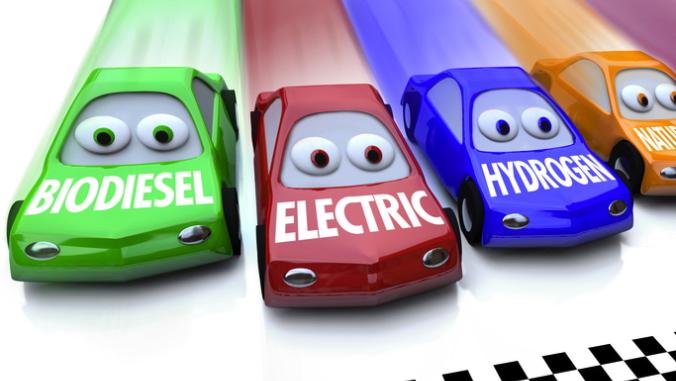GlaxoSmithKline Outlines Vision for Carbon Neutral 2050
<p>A carbon footprint analysis of its value chain revealed that 40 percent of its overall emissions can be found in its supply chain, while another 40 percent are produced by customer use of its inhalers.</p>

Image CC licensed by Flickr user Maxwell Hamilton
GlaxoSmithKline (GSK) laid out a road map this week aimed at guiding the pharmaceutical giant toward its goal of a carbon neutral value chain by 2050.
It's an ambitious target, and the company admits in its 2010 Corporate Responsibility Report that it doesn't know exactly how it will meet this objective, or its other newly-set 2015 and 2020 goals.
What GSK does know is that meeting these targets will save the company a lot of money -- as much as £100 million (US$160 million) a year by 2020 in reduced energy, materials and distribution costs.
Here are the company's newest targets: 
A high-level analysis of the carbon footprint of its value chain revealed opportunities for where to begin. GSK learned that 40 percent of its overall emissions can be found in its supply chain, while another 40 percent are produced by customer use of GSK's inhalers.
In 2010, GSK surveyed 200 large suppliers on resource use and materials sourcing for product life cycle purposes. This year the company plans to set sustainable sourcing targets and share best practices with its suppliers. GSK has already studied the environmental impacts of four manufacturing suppliers in order to better understand the profile of others.
To cut down emissions from inhalers, GSK eliminated the use of chlorofluorocarbons (CFCs) by the end of last year. Replacing CFCs with hydrofluoroalkanes (HFAs) reduced inhaler-related emissions from 24 million tons of CO2e in 1998 to 4.7 million tons in 2010. The company is also experimenting with different valves that release less gas, new formulations that need to propellants at all, and HFA alternatives with less global warming potential.
The company recently earned the Carbon Trust's global climate change certification for reducing its carbon footprint. Greener building, renewable energy, reducing business travel and more efficient shipping will continue to each play a role in trimming its direct emissions. The company missed its cumulative 2010 goals for energy use and greenhouse gas emissions, but met its year-over-year targets (see below).

Image CC licensed by Flickr user Maxwell Hamilton.





